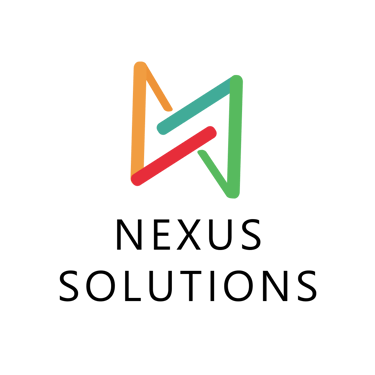Maximizing ROI
With Targeted Google Ads Campaigns
7/6/20242 min read


In the competitive landscape of digital marketing, Google Ads remains a powerful tool for businesses aiming to drive traffic, generate leads, and boost sales. However, simply running ads isn’t enough; the key to success lies in maximizing your return on investment (ROI) through targeted and optimized campaigns. This article will explore strategies to create and optimize Google Ads campaigns that deliver high returns on investment.
Understanding the Basics of Google Ads
Google Ads operates on a pay-per-click (PPC) model, where advertisers bid on keywords, and ads are displayed based on relevancy and bid amount. The goal is to reach potential customers at the right time with the right message. Key components of a Google Ads campaign include:
Keywords: The terms potential customers use to search for products or services.
Ad Groups: Collections of ads that share similar targets and keywords.
Ad Copy: The text or visuals that appear in the ad.
Landing Pages: The destination pages that ads lead to.
Strategies to Maximize ROI
Thorough Keyword Research
Identify High-Intent Keywords: Focus on keywords that indicate strong buying intent. Tools like Google Keyword Planner can help identify such keywords.
Use Long-Tail Keywords: These are more specific and less competitive, often leading to higher conversion rates.
Negative Keywords: Identify and exclude keywords that are not relevant to avoid wasting ad spend.
Craft Compelling Ad Copy
Highlight Unique Selling Points (USPs): Clearly communicate what sets your product or service apart.
Include Strong Calls-to-Action (CTAs): Encourage users to take the desired action, such as "Buy Now," "Get a Quote," or "Sign Up Today."
Utilize Ad Extensions: Enhance your ads with additional information like site links, callouts, and location extensions.
Optimize Landing Pages
Ensure Relevance: The landing page content should closely match the ad copy and keywords to maintain consistency and relevance.
Improve User Experience (UX): Ensure fast load times, easy navigation, and mobile responsiveness to reduce bounce rates.
Include Clear CTAs: Guide visitors towards the next step with prominent and clear calls-to-action.
Leverage Audience Targeting
Demographic Targeting: Tailor ads based on age, gender, income level, and other demographic factors.
Remarketing: Target users who have previously visited your site but did not convert. Remarketing can significantly improve conversion rates.
Custom Audiences: Use Google’s audience targeting options to reach users based on their interests, behaviors, and recent activities.
Continuous Monitoring and Optimization
Track Key Metrics: Monitor metrics such as click-through rate (CTR), conversion rate, cost per conversion, and overall ROI.
A/B Testing: Regularly test different ad copies, keywords, and landing pages to identify what works best.
Adjust Bids and Budgets: Optimize your bidding strategy to ensure you’re getting the most value for your ad spend. Adjust budgets based on campaign performance.
Utilize Automation and AI
Smart Bidding: Use Google’s automated bidding strategies that leverage machine learning to optimize bids for maximum conversions or value.
Responsive Search Ads: Create ads that adapt to show the most relevant messages to users based on their search queries.
Performance Max Campaigns: Utilize Google’s Performance Max campaigns to optimize across all Google Ads inventory in real-time.
Conclusion
Maximizing ROI with Google Ads requires a strategic approach that involves thorough keyword research, compelling ad copy, optimized landing pages, precise audience targeting, continuous monitoring, and leveraging automation. By implementing these strategies, businesses can create highly targeted campaigns that not only drive traffic but also convert visitors into loyal customers, ensuring a high return on investment.
